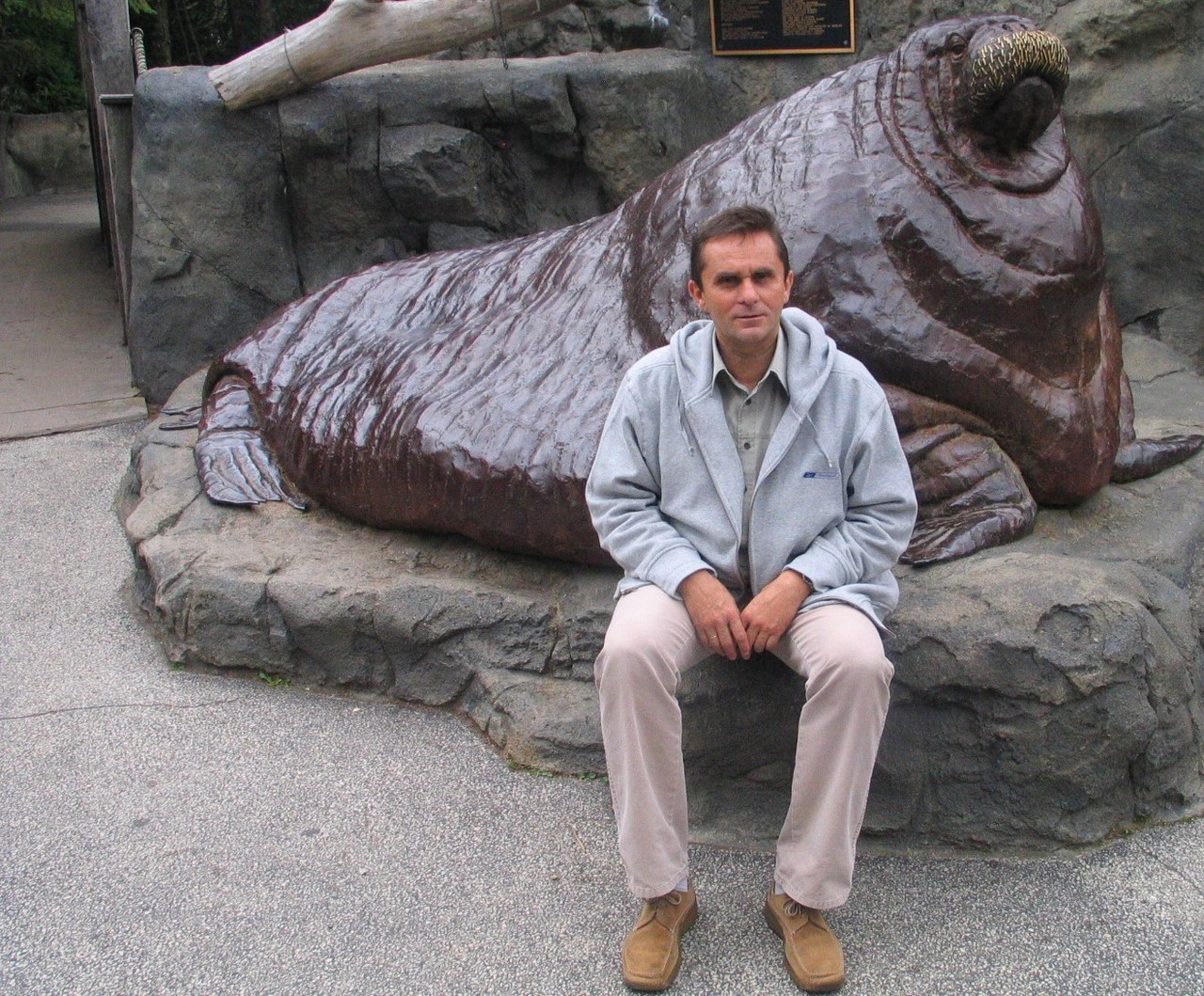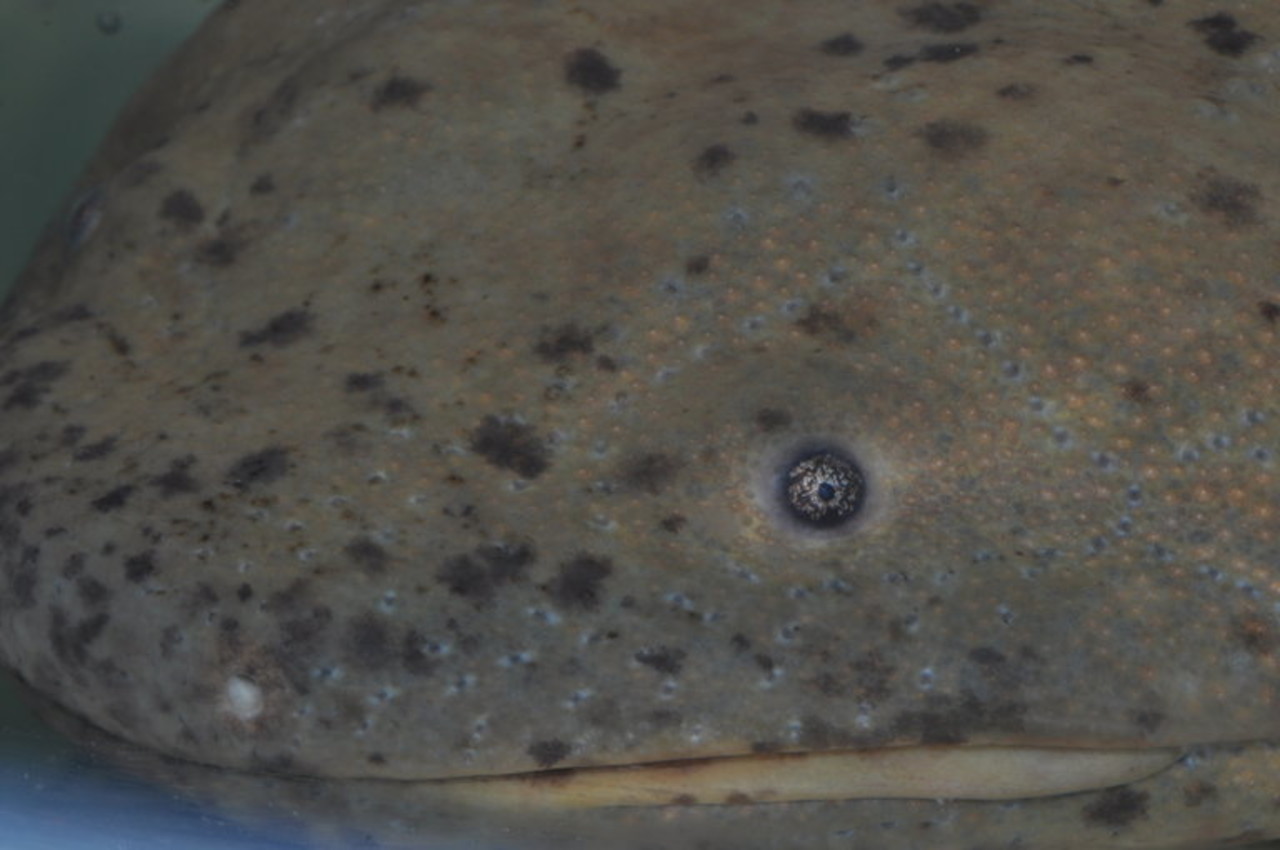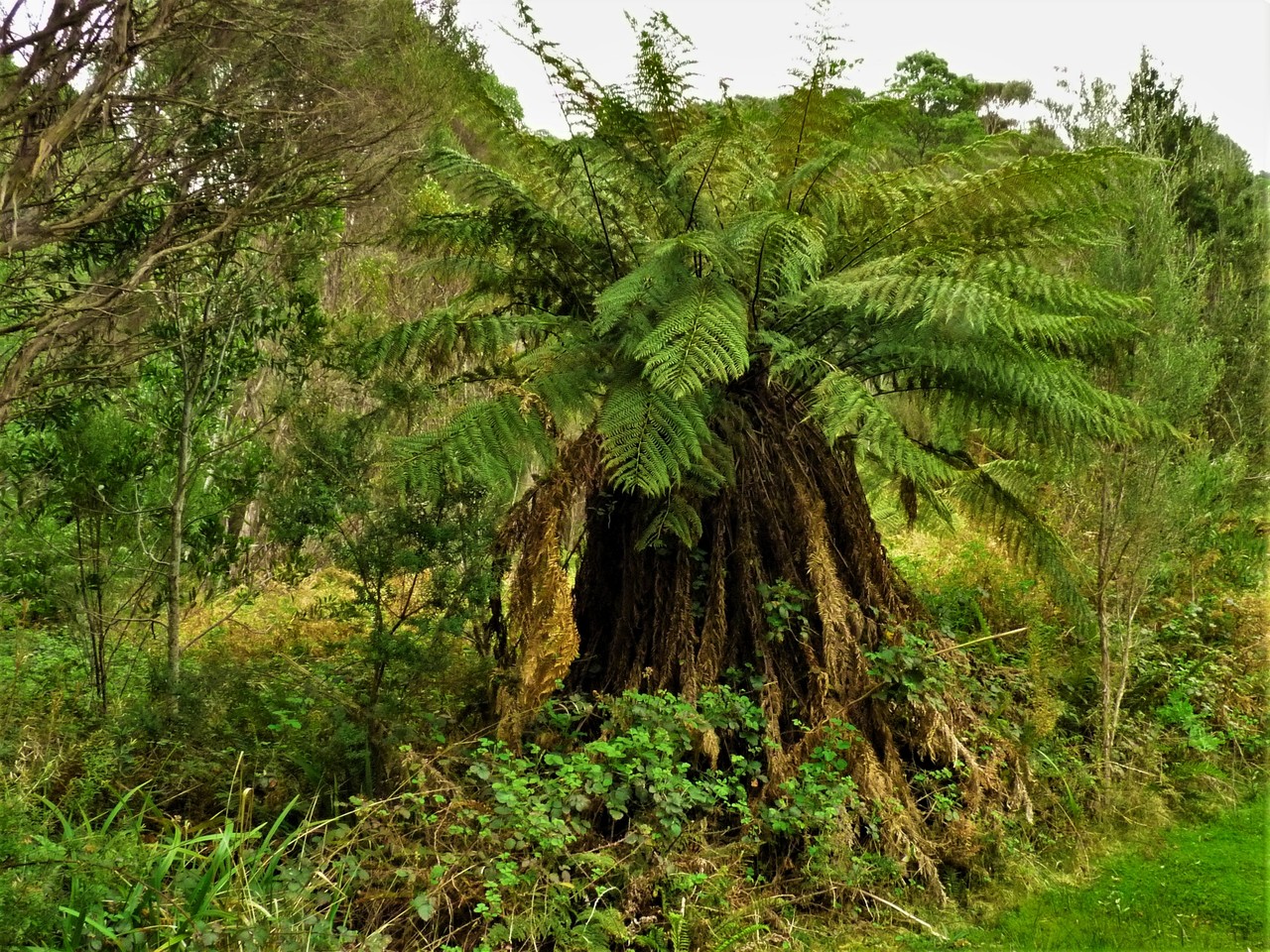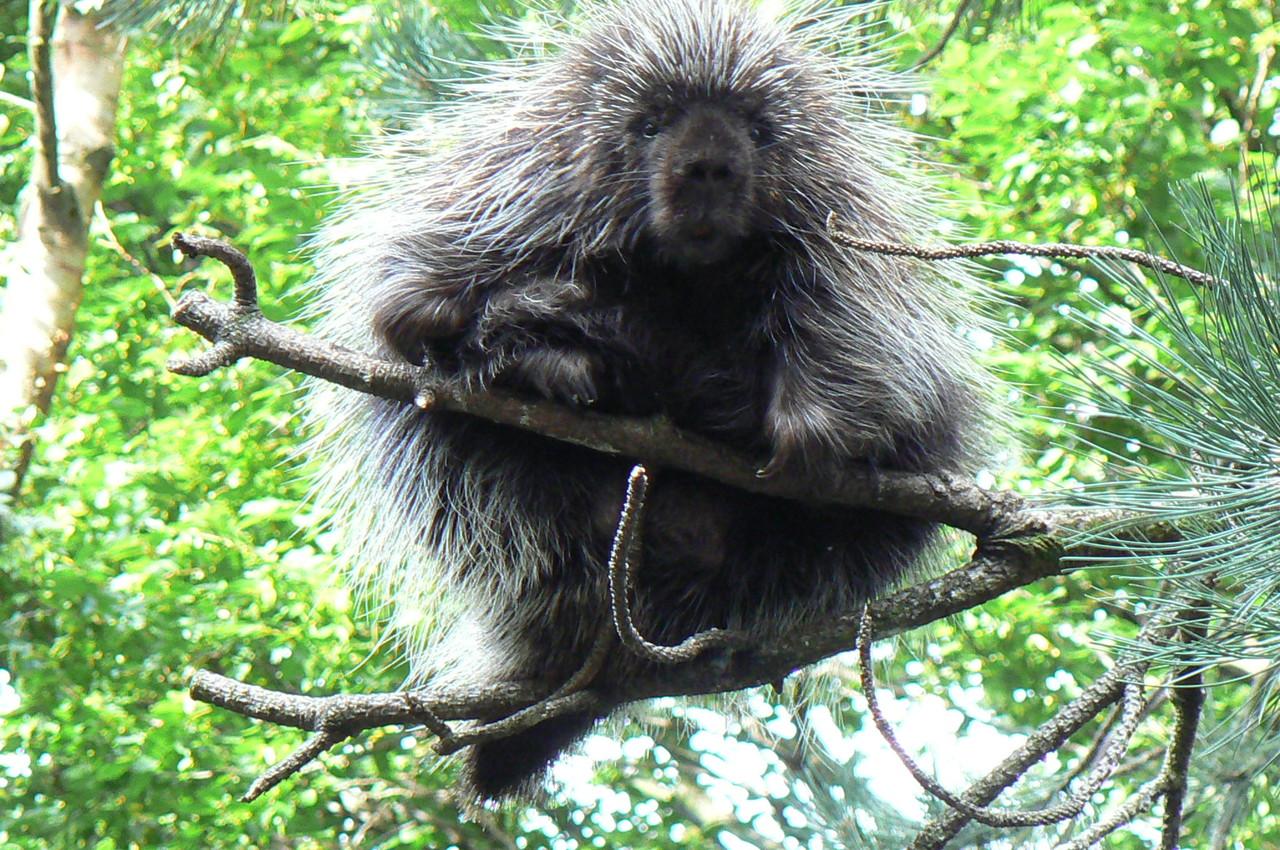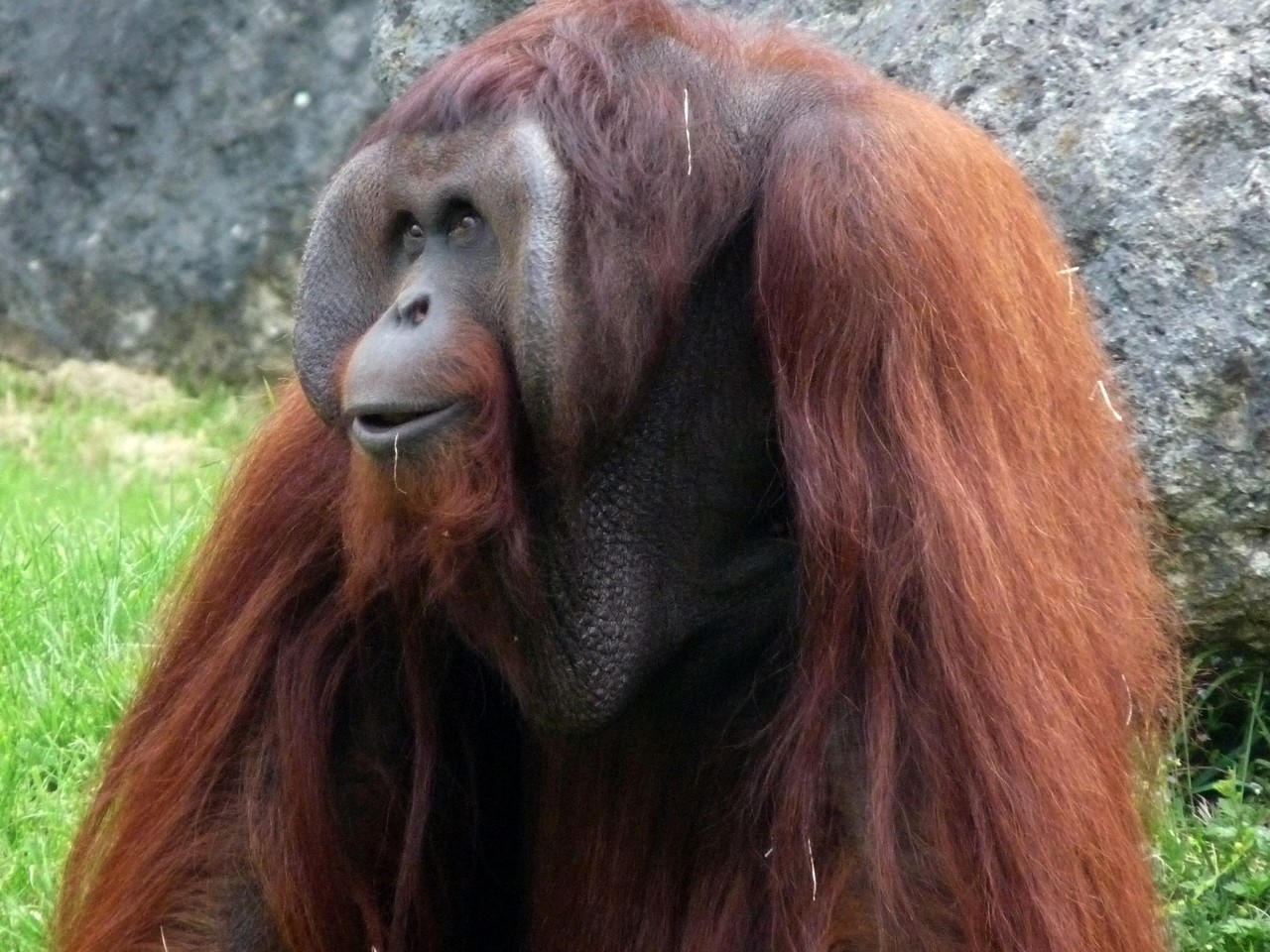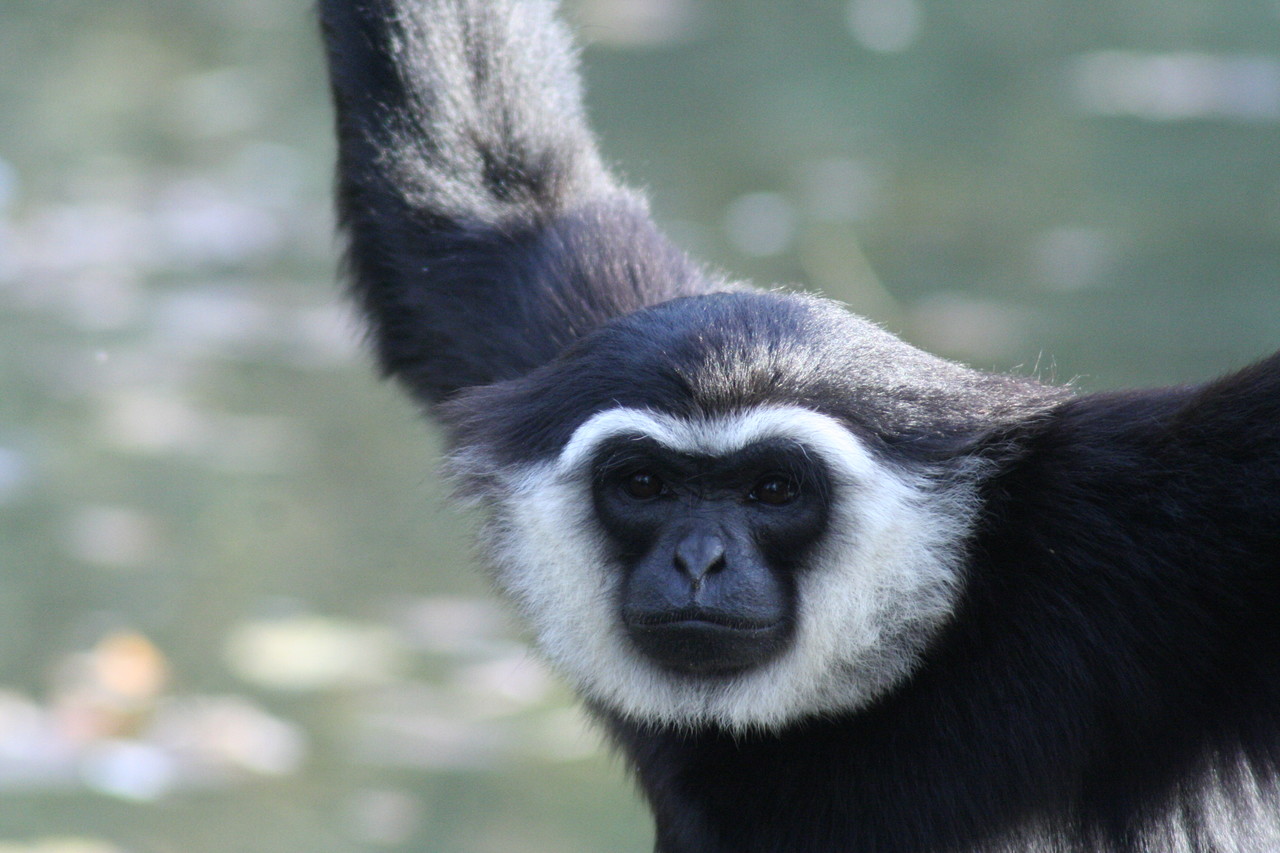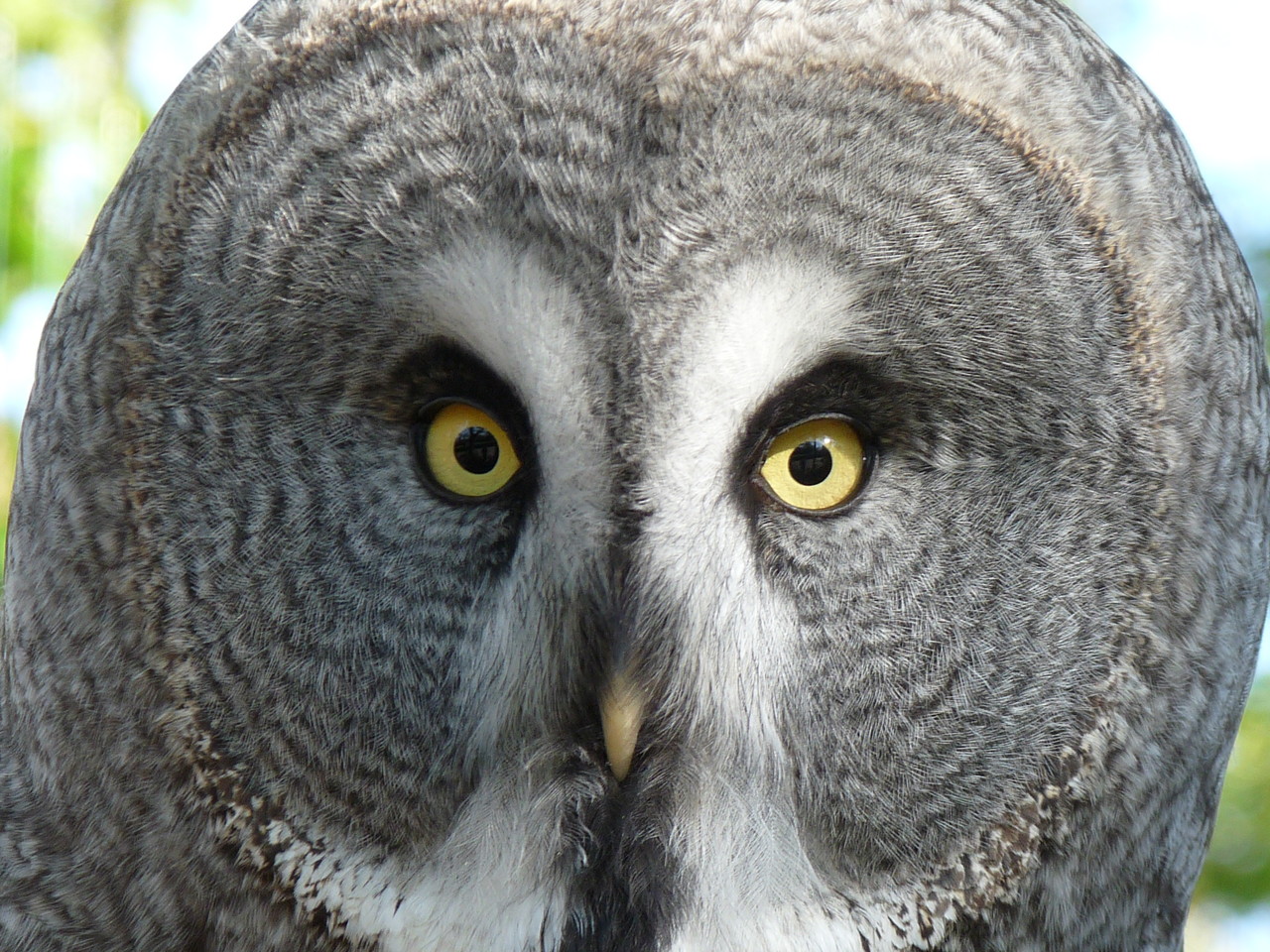Protection of the Baltic Sea in Polish zoological gardens
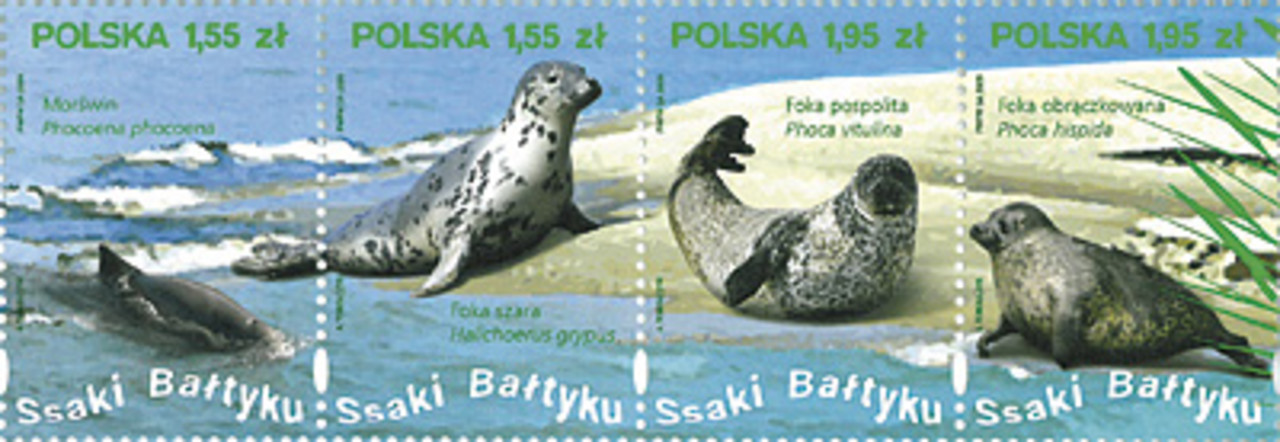
Killing of seals was lavishly rewarded not so long ago. In Pomerania at the turn of the 19th and 20th centuries, huge prizes were awarded for killing each seal, and as the evidence the hunter presented the jaw of the seal . And then carefree environmental pollution completed the rest of the destruction. As a result of such behaviour in 1970 and 1980 the population of all species of seals in the Baltic Sea was alarmingly low. The magnificent Baltic mammal was lost due to the bad opinion that has accompanied it for generations. Fishermen, convinced of high harmfulness of seals, treated them as a competitor hunting for fish which was the basis for their maintenance.
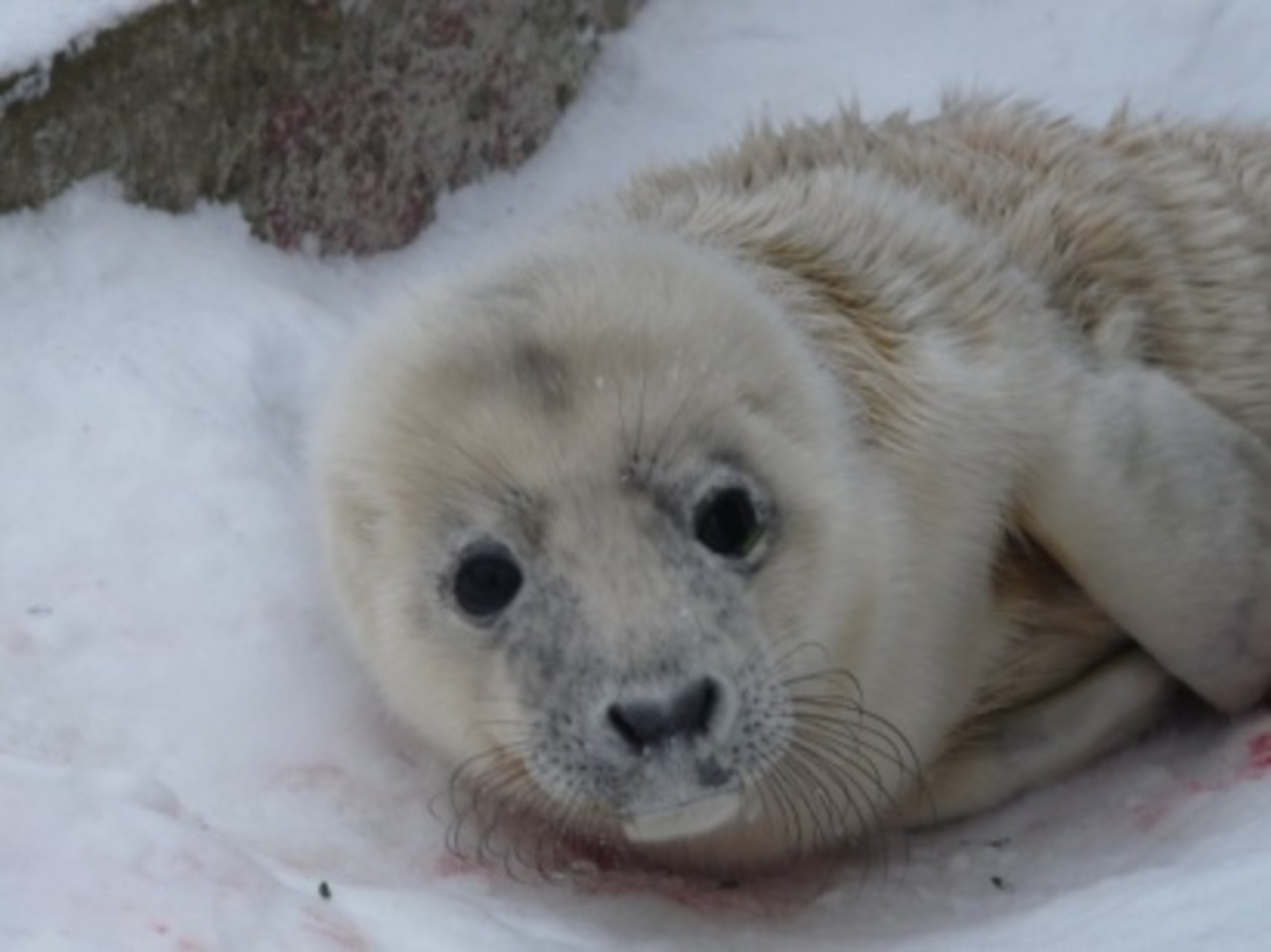
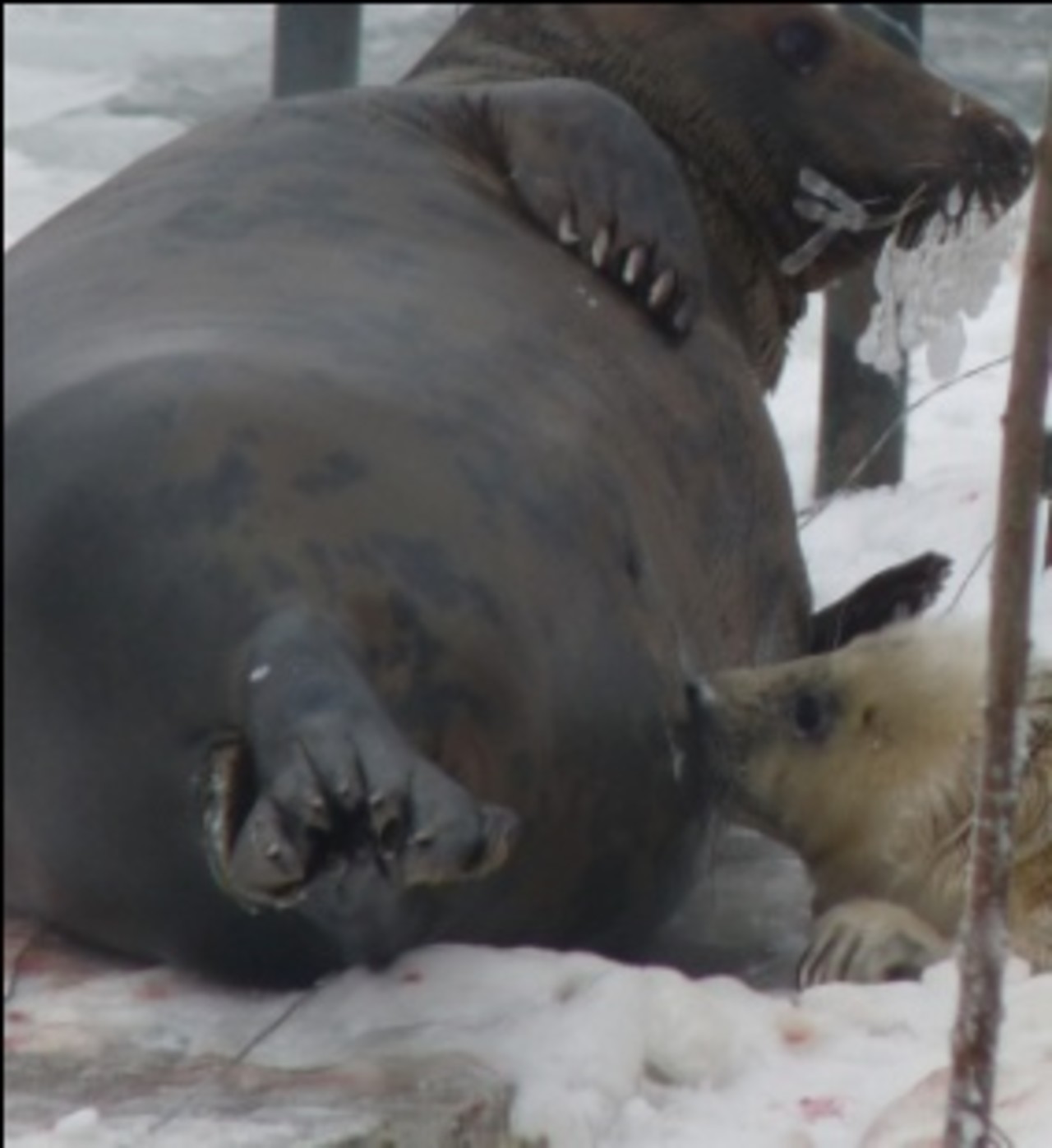
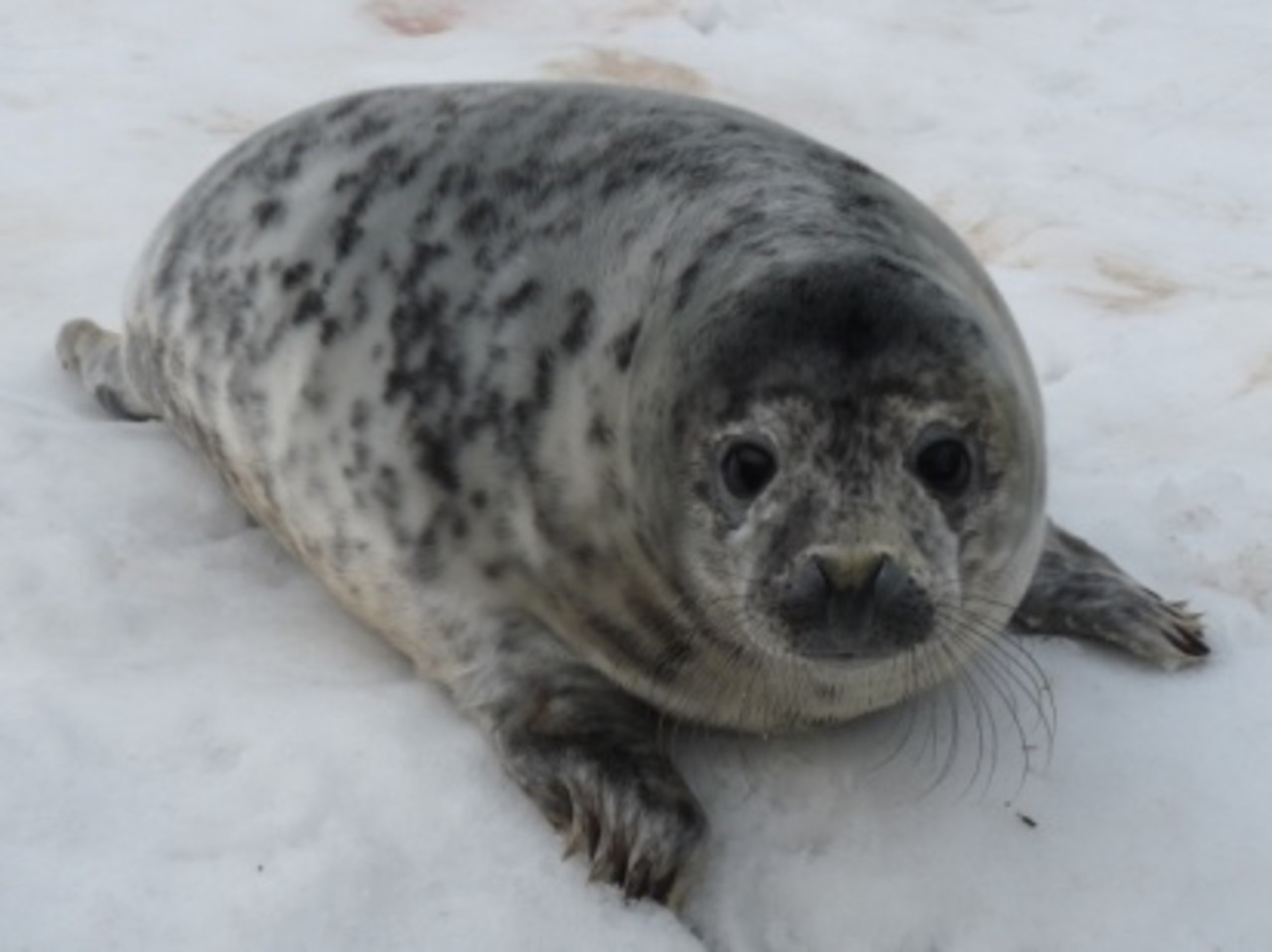
Seal is not known to Poles in general. Not everyone can be aware of its role in the natural environment and in the protection of the Baltic Sea. We have over 20 zoological gardens in Poland, and seals are presented in just five - in Gdansk, Warsaw, Wroclaw, Plock and Poznan.
They are extraordinary mammals and their biology of rearing young is extraordinary. The female feeds the cub only for 3 weeks and during this period a small seal lies on the ice mostly without entering the water. The mother's milk contains 53, 2% fat and 11.2% protein. For comparison - cow's milk contains on average 3, 7% fat and 3, 3% protein. Extremely rich in milk, seal milk allows the young to increase body weight during feeding 3-4 times. After the feeding period, the young seal stops eating and its coat turns into the fur of an adult individual. During this period, lasting about a month, the young does not eat anything, losing more than 20 kg of body weight. Then it cautiously enters the water and after a short period begins to hunt for fish and marine invertebrates. From that moment the seal, being about 7-8 weeks, is already a completely independent individual.
The first centre to undertake the task of protecting the Baltic seals was the Hel Marine Station, founded by prof. Krzysztof Skóra, a research worker at the University of Gdańsk. The specialists working in it carry out an extensive campaign to protect all species of Baltic seals as well as the porpoise - the only representative of whales in our Polish waters, about the existence of which almost nobody knows. The porpoise even has its own monument in Gdynia, but not everyone knows that the relatives of the dolphin live in the Baltic Sea. And our native dolphin is equally agile, intelligent and friendly. But also for it its friendly nature ended badly - just as the seal it was massively exterminated and its numbers in the Baltic Sea decreased disastrously. In the 1930s, huge sums of money were paid annually for killing porpoises.
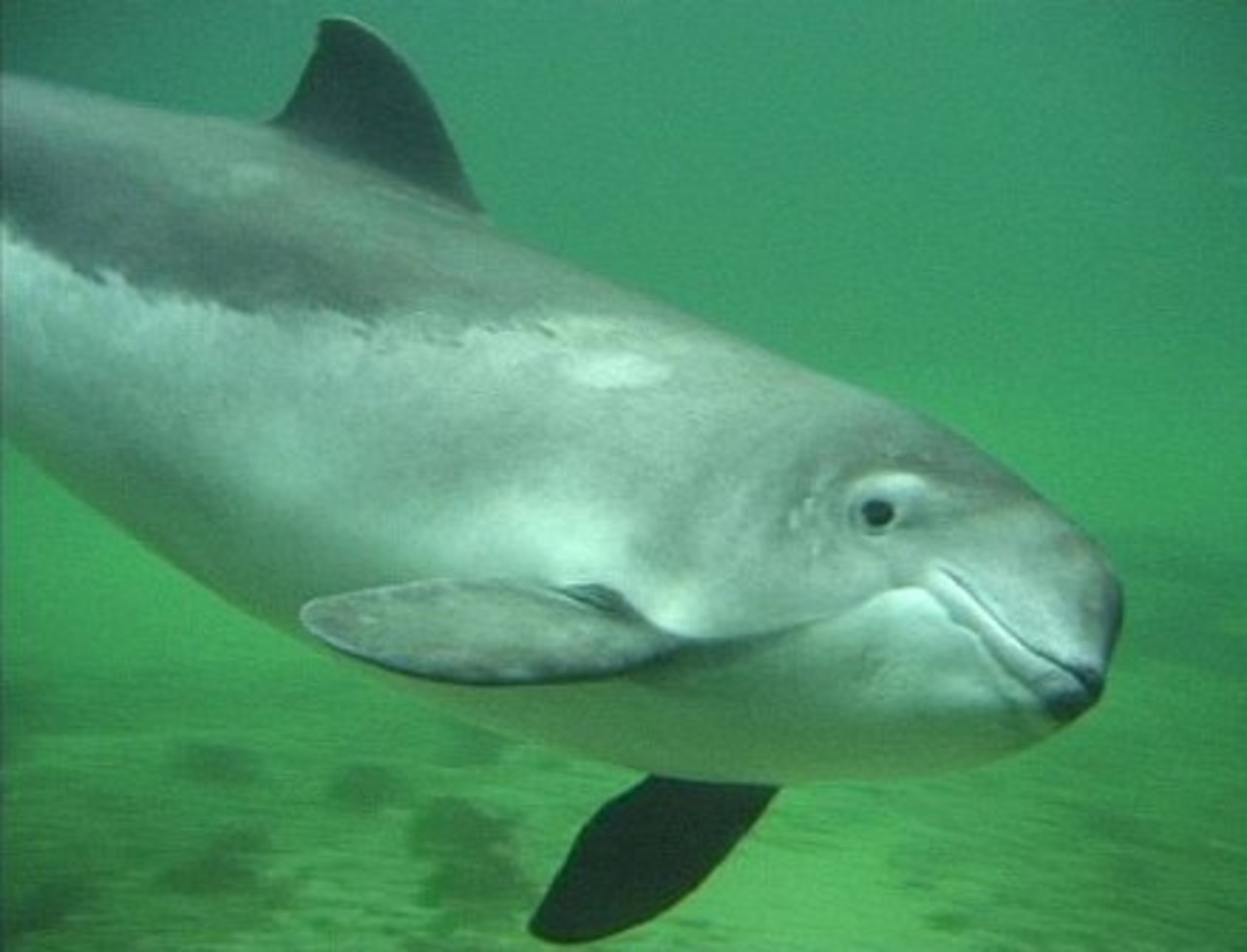
Unfortunately, also this species of marine mammal is in danger of being extinct. Knowledge about it is negligible due to small numbers (estimated about 1000 individuals). It weighs about 45-70 kg, the average body length is about 1.5 - 1.7 m, it is often found in the area of the Gulf of Gdansk and Puck.
At the moment, the dramatic ecological situation of the Polish sea zone and the resulting threats - not only for the mammals and fish living in the Baltic Sea - force us all to take action to protect our sea, which is after all, our national wealth. And yet the Baltic Sea is one of the most polluted seas in the world. It was calculated that in 1995 at least 13,330 kg of mercury, 23,610 kg of cadmium, 337,400 kg of lead and several tens of thousands of tons of oil-derived materials got into the Baltic Sea. In the bottom sediments, large amounts of nitrogen and phosphorus compounds were deposited, as well as toxic substances. Unfortunately it was Poland which in recent years deposited most of the nitrogen and phosphorus compounds into the Baltic Sea. Very strong pollution of the Baltic Sea caused adverse changes in the marine fauna, significant oxygen losses and the appearance of hydrogen sulphide. To the most polluted and degraded parts of the Baltic Sea belong closed reservoirs, including the Vistula Lagoon.
After 1990, there was a reduction in the amount of pollutants entering the Baltic Sea from Poland. This is the effect of reducing the pollution of the Vistula, Oder and rivers of Pomerania. Improvement of the Baltic Sea pureness was also achieved in the coastal zone after the launch of many sewage treatment plants, including the vicinity of the Vistula Lagoon. Poland is a member of the HELCOM II Baltic Sea Conservation Convention and cooperates in this respect with other Baltic States.
In accordance with the strategy developed by the World Zoological Gardens Organization / WAZA / each contemporary zoological garden is obliged to take actions to protect the nature, participate in programs to rescue endangered species and conduct extensive didactics, promoting respect for wildlife.
Aleksander Niweliński



